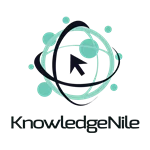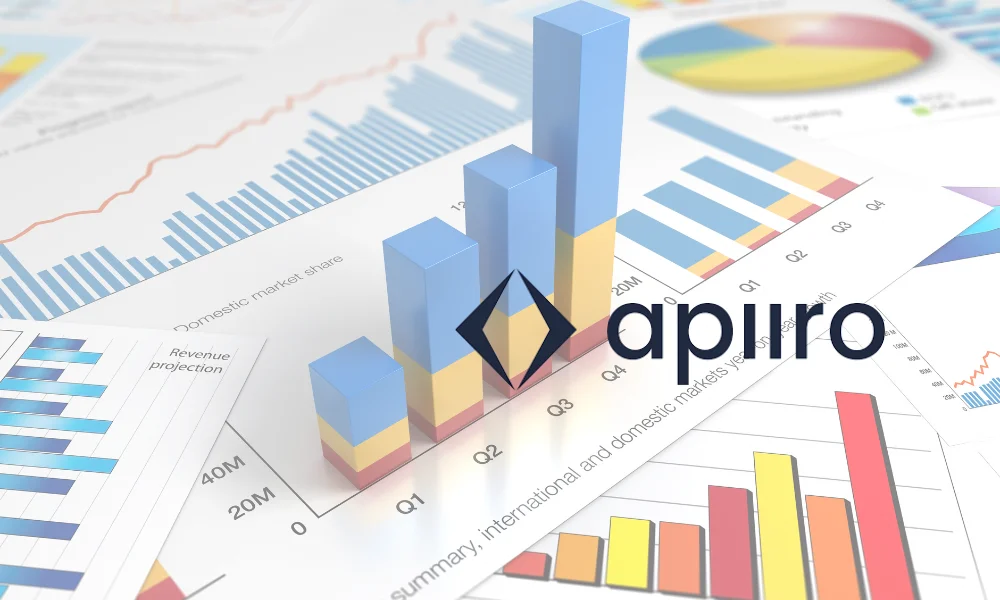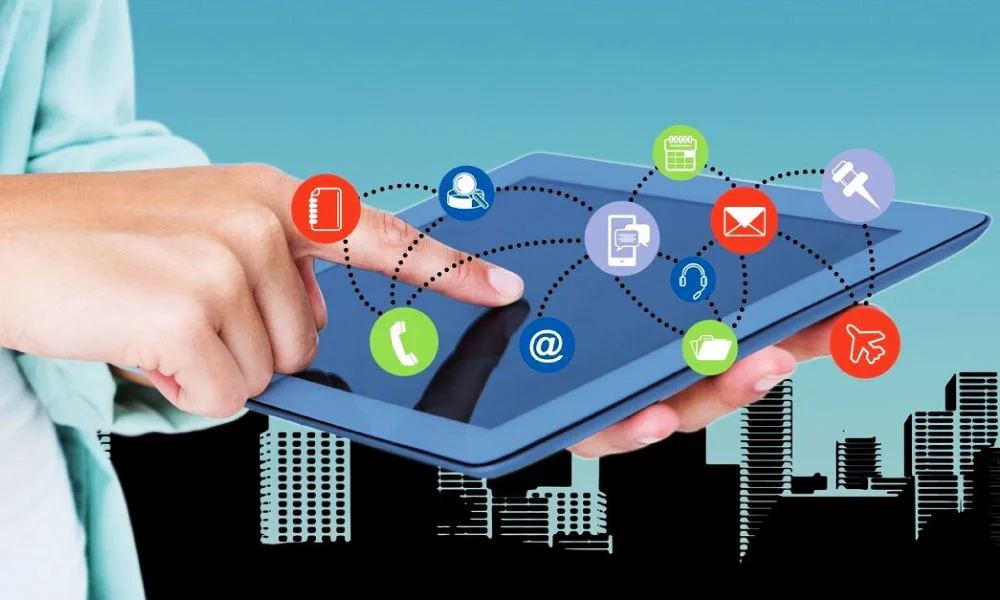NEW YORK, April, 2025 (GLOBE NEWSWIRE) -- Apiiro, the leading agentic application security platform, today announced Software Graph Visualization, an interactive map that enables users to visualize their software architectures across all components, vulnerabilities, toxic combinations, blast radius, data exposure and material changes in real time. By replacing static, manual self-attestation reports with autonomous, clear, contextual insights and analysis, this new visualization feature helps security teams understand their fast changing software architecture and pinpoint threats with a visual inventory of critical software components.
"Without a continuous view of software architecture across design, development, and runtime, it’s impossible to effectively identify, prioritize, remediate and prevent application risks,” said Idan Plotnik, co-founder and CEO of Apiiro. “Apiiro is committed to equipping customers with security insights that are intuitive, actionable, and focused, rather than overwhelming. Software Graph Visualization eliminates the need to interview developers or use self-based attestation questionnaires that make it hard to identify how software components connect and where security risks emerge. By using AI agents to generate a visual map of the entire software inventory—along with contextual security review questions and threat model stories—security teams can quickly identify, prioritize, remediate, and communicate risks, all backed by clear, data-driven insights that support faster, more informed decisions.”
With the rapid adoption of AI code assistants in today’s fast-paced development environments, managing software compliance and security risks has become increasingly complex. Manual processes can no longer effectively scale and self-attestation methods are unreliable, leaving security teams without the visibility required to effectively assess and mitigate risks. Software Graph Visualization delivers question-driven, dynamic graphs that map risk exposure, attack surfaces, and sensitive data flow in an intuitive, real-time format. It is automatically and continuously updated, using deep code analysis to analyze the context and relationships of software components in real time to uncover risk exposure, enabling customers to address the following use cases:
- Threat modeling: Achieve the visibility to proactively assess risk and vulnerabilities in designs and evaluate how sensitive data moves across boundaries, ensuring all communication and access points are secure and appropriately guarded.
- Pen-test scoping: Attain comprehensive understanding of attack surfaces to successfully scope tests. The graph visualizes API architecture and data flow, highlighting risky entry points, potential vulnerabilities, and business critical areas of the system that are more prone to exploitation, allowing security teams to focus efforts on the most vulnerable parts of the system and ensure a more targeted and effective pen-test.
- Change impact assessment: Effectively assess risk introduced by new code changes by comparing pre-release and post-release states of the application. By showing how material changes affect systems over time, the graph highlights new technologies, exit points, endpoints, dependencies, and sensitive data added. This enables security teams to ask smarter, more in-depth questions about the specific changes that occurred, moving beyond self-attestation and ensuring new risks are identified and addressed with greater precision.
- Privacy review: Streamline the identification of privacy risks with sensitive data, allowing users to track where personal and confidential data is moving and whether it’s being shared or exposed. Key questions like “Am I sending PII to GenAI?” or “Should I obfuscate this data?” are addressed through the graph, offering a clear overview of potential privacy risks.
- Blast radius analysis: Ability to measure potential spread and impact of security breaches. The graph visualizes not just where sensitive data is used, but also the dependencies within open-source software and infrastructure, enabling assessment of the wider impact and scope of security incidents, helping users prioritize risk mitigation efforts effectively.
- Toxic combinations: Effectively identify dangerous combinations across the application.
- Vulnerability management: Efficiently prioritize and remediate vulnerabilities with complete context.
Click here to learn more Security Graph Visualization from Apiiro.
Supporting Resources
About Apiiro
Apiiro is the Agentic Application Security platform that empowers you to design, develop, and deliver secure code faster. Companies like Morgan Stanley, Blackrock, Rakuten, SoFi, and Shell rely on Apiiro’s patented technology to automatically discover their software architecture and identify risky changes across all code, supply chain, and infrastructure components – so they can prevent application risk without slowing innovation. The company is backed by Greylock, Kleiner Perkins, and General Catalyst.
Recommended for you: Challenges Faced By Human-Machine Collaboration





